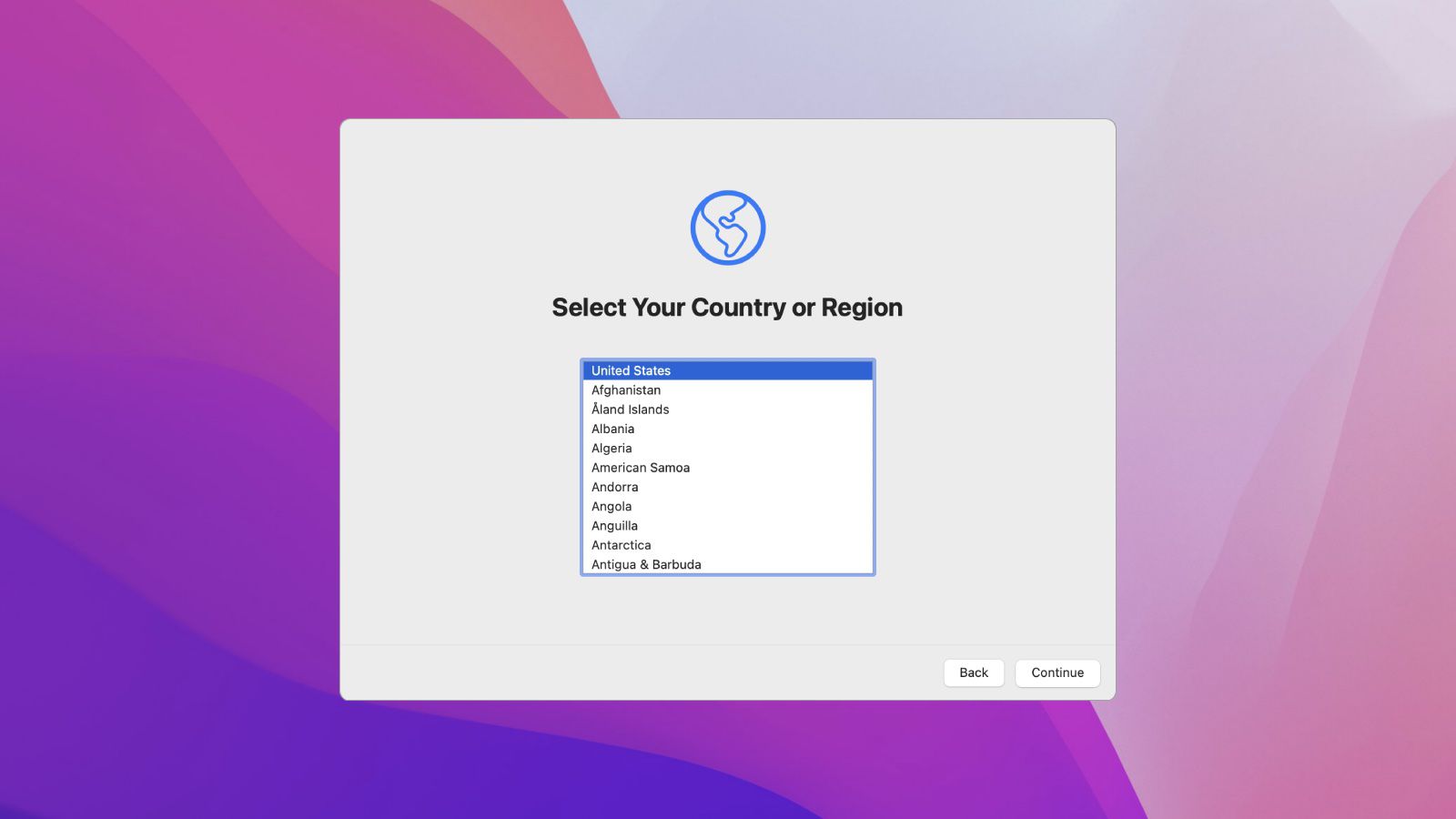

As soon as the Apple logo appears on your dark screen, press and hold Option and R. In the same pref pane highlight your old account, click the little minus icon, then use Disk Utility to Secure Erase Free Space.īootup holding CMD+r, or the Option/alt key to boot from the Restore partitiion & use Disk Utility from there to erase & reinstall. To begin the reimaging process, you must navigate to the Disk Recovery menu. In the same pref pane highlight your old account, click the little minus icon, then use Disk Utility to Secure Erase Free Space. Open System Preferences>Accounts, unlock the lock, click on the little plus icon, make a new admin account, log out & into the new account. Open System Preferences>Accounts, unlock the lock, click on the little plus icon, make a new admin account, log out & into the new account. If youve bought a new MacBook Air, MacBook Pro, iMac or Mac Mini recently, theres a good chance its using Apples own processor, the Apple Silicon M1, instead of an Intel chip. MacOS Extended Journalled, select the Security Options button, choose Zero Out Data, Erase.

Highlight the drive, select Partition Tab, then Format type. Click the disclosure triangle to the left of the hard drive icon to display the names of your hard disk volumes and partitions.Ħ. If you do, you must restart from the disc again to access Disk Utility.*Ĥ. *Important: Do not click Continue in the first screen of the Installer. Turn on your Mac and immediately press and hold Command ()-R until you see an Apple logo or other image. Go to the ‘Applications’ folder and then click on the ‘Utilities’.
#REIMAGE MACBOOK WITHOUT DISK MAC OS X#
(In Mac OS X 10.4 or later, you must select your language first.) To start the Mac OS create a recovery USB process, you need to open the ‘Recovery Disk Assistant’ from the Disk Utility. When your computer finishes starting up from the disc, choose Disk Utility from the Installer menu. Failing that, you can create a bootable USB installer for macOS Sierra, and boot from that by holding Option while turning on your Mac. 1 boot partition (created in HFS+ and converted to APFS for Mojave) - 3 data partitions (left in HFS+). It should be the drive at the top of the sidebar if there are multiple drives. Click on your Macs startup drive in the Disk Utility sidebar. I used this to set up an internal SSD on my 2018 Mini (with t2): - 4 partitions. Click Disk Utility when in macOS Recovery.

#REIMAGE MACBOOK WITHOUT DISK INSTALL#
Insert the Mac OS X Install disc that came with your computer, then restart the computer while holding the C key.Ģ. You can access recovery without a partition using Network Recovery: hold Command+Shift+R while turning on your Mac and it will download the Recovery features for you. IF this succeeds in creating the partitions you desire, now go back to each one and use disk utility to 'convert' them to APFS.


 0 kommentar(er)
0 kommentar(er)
